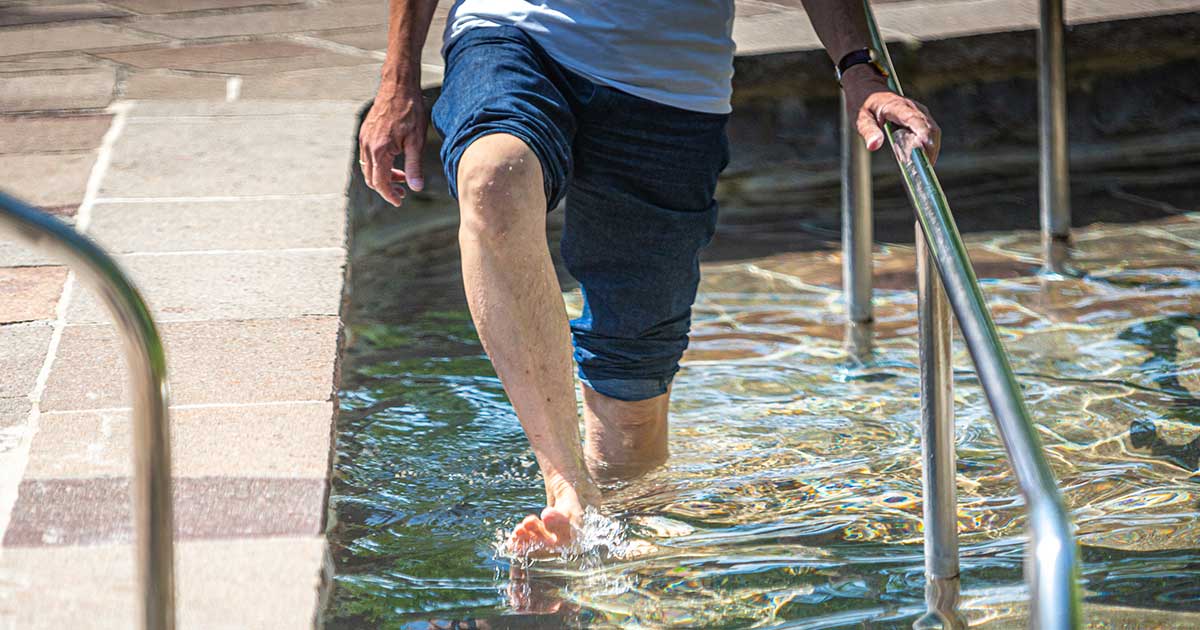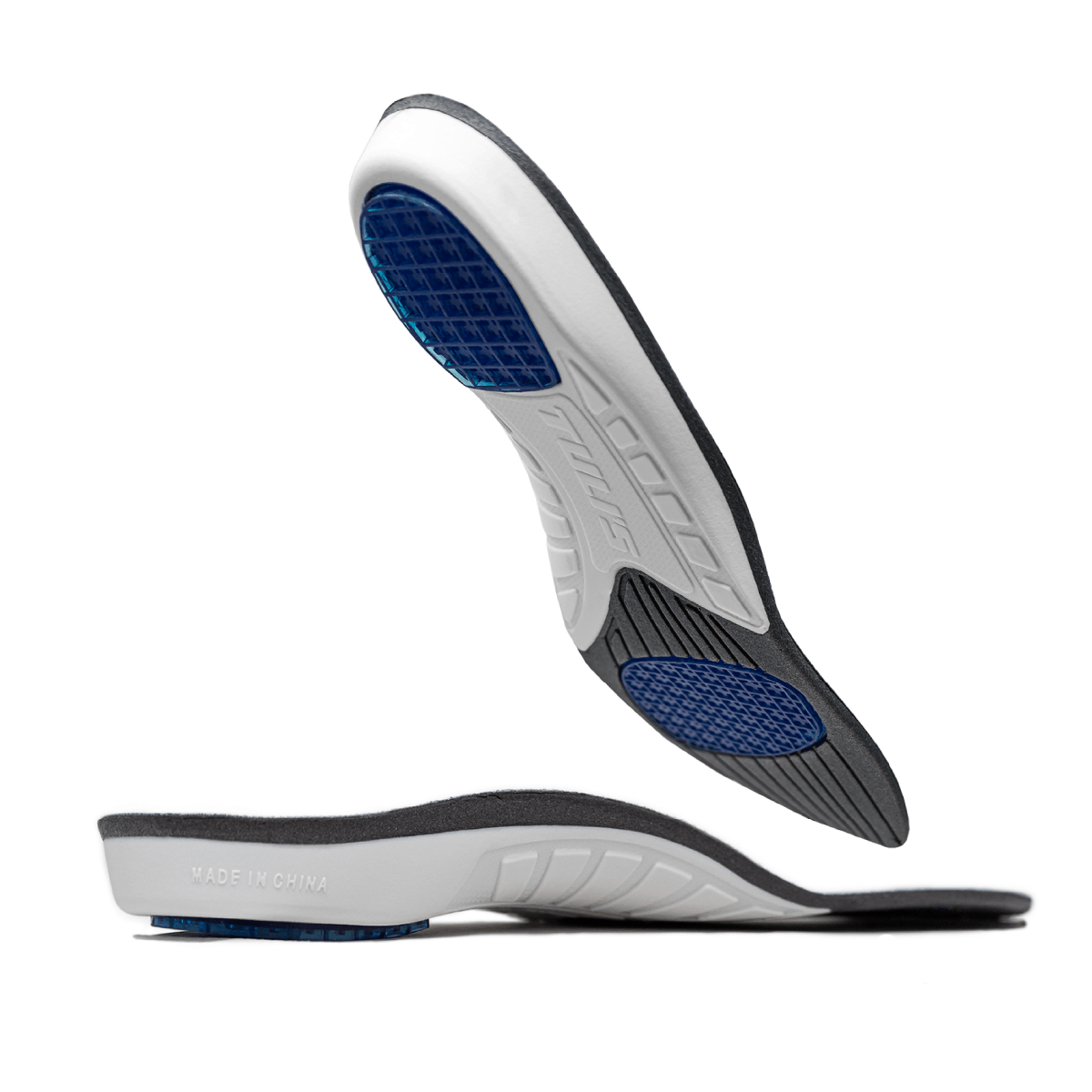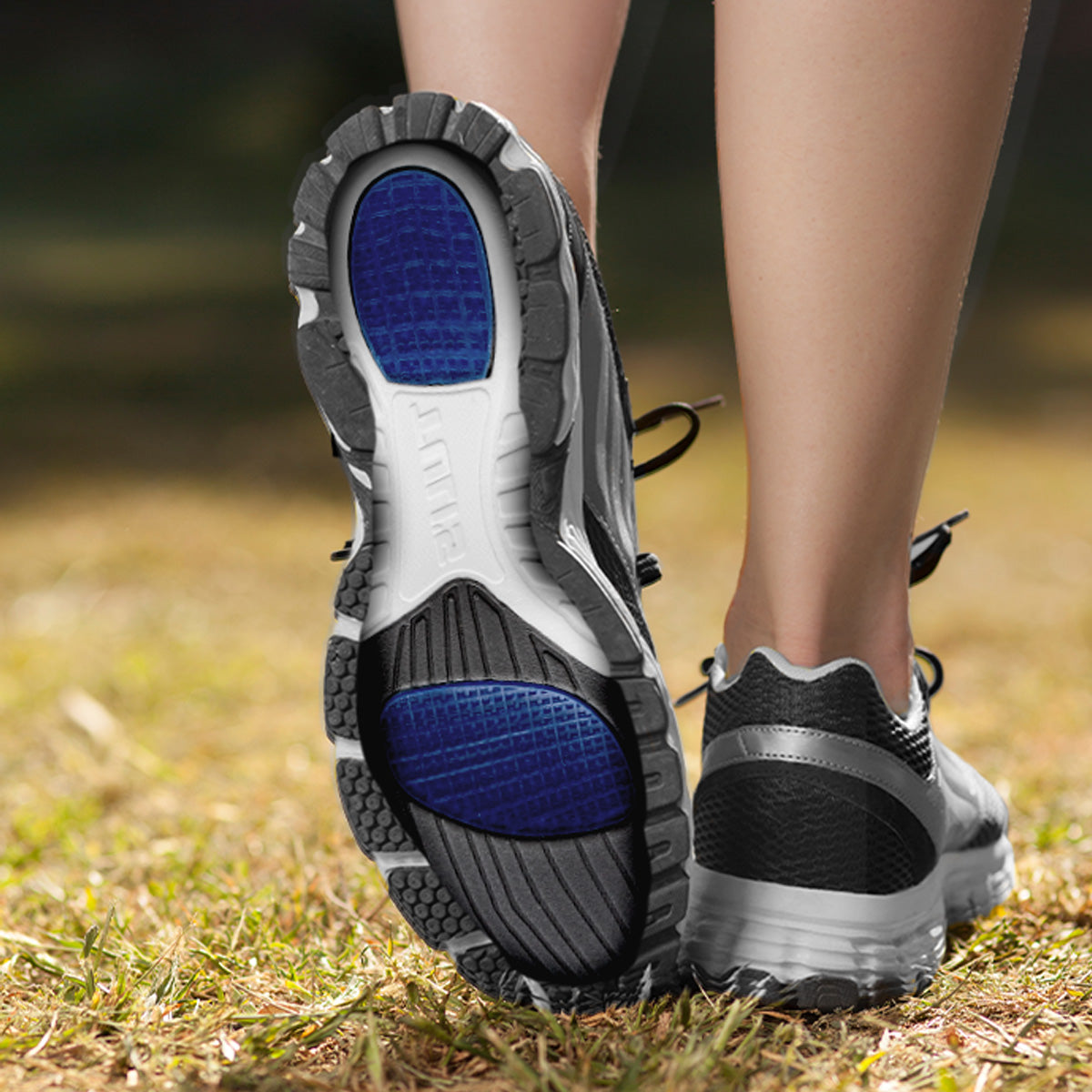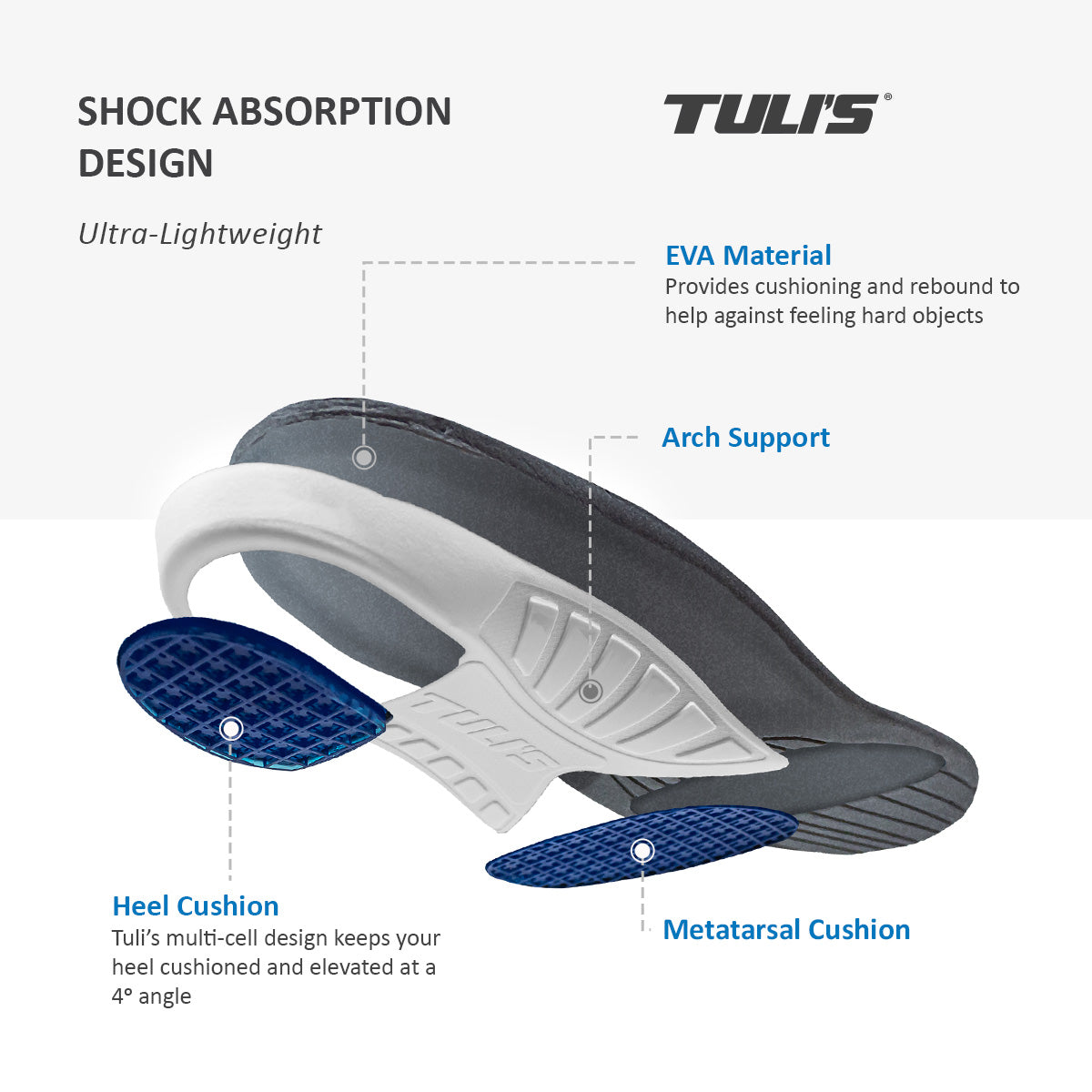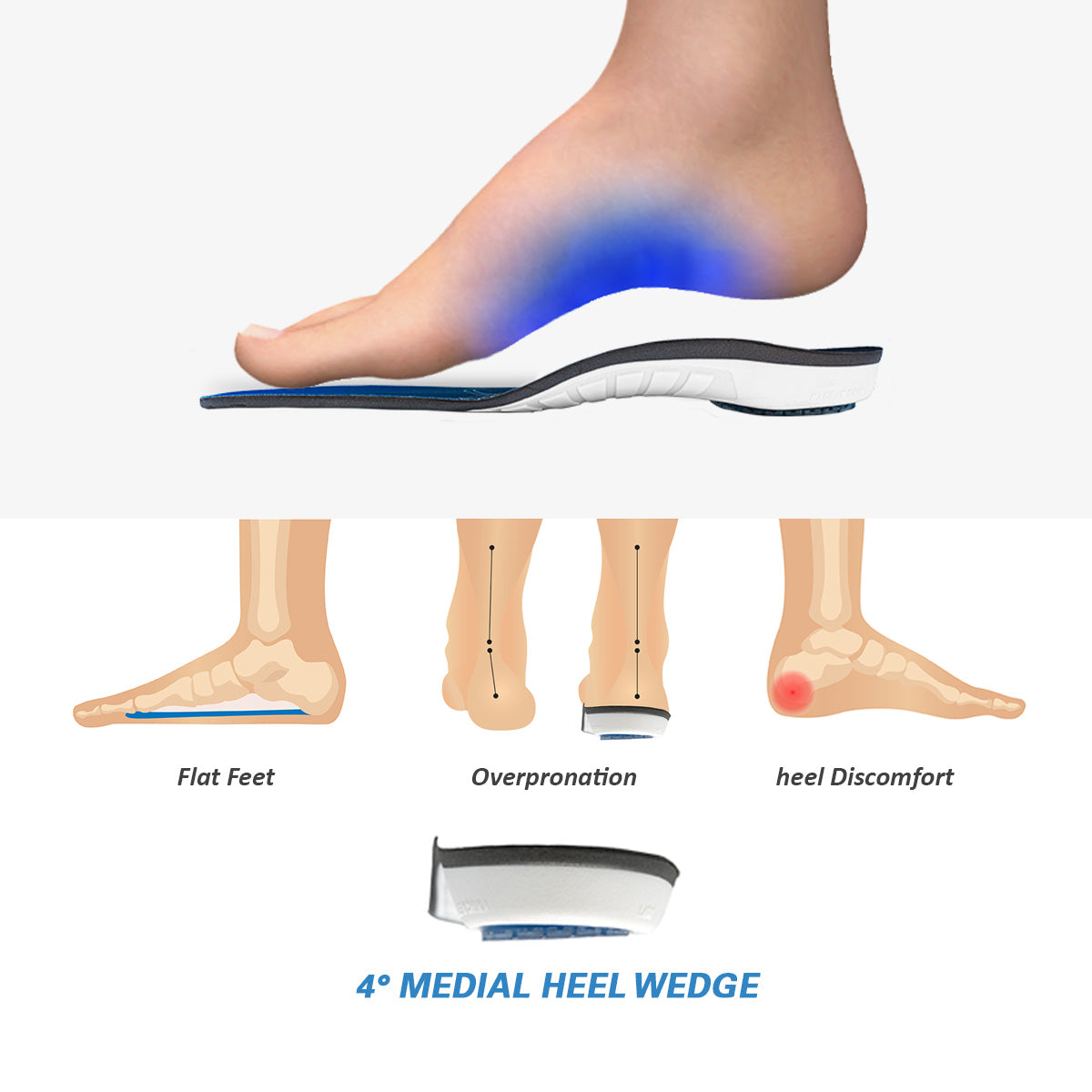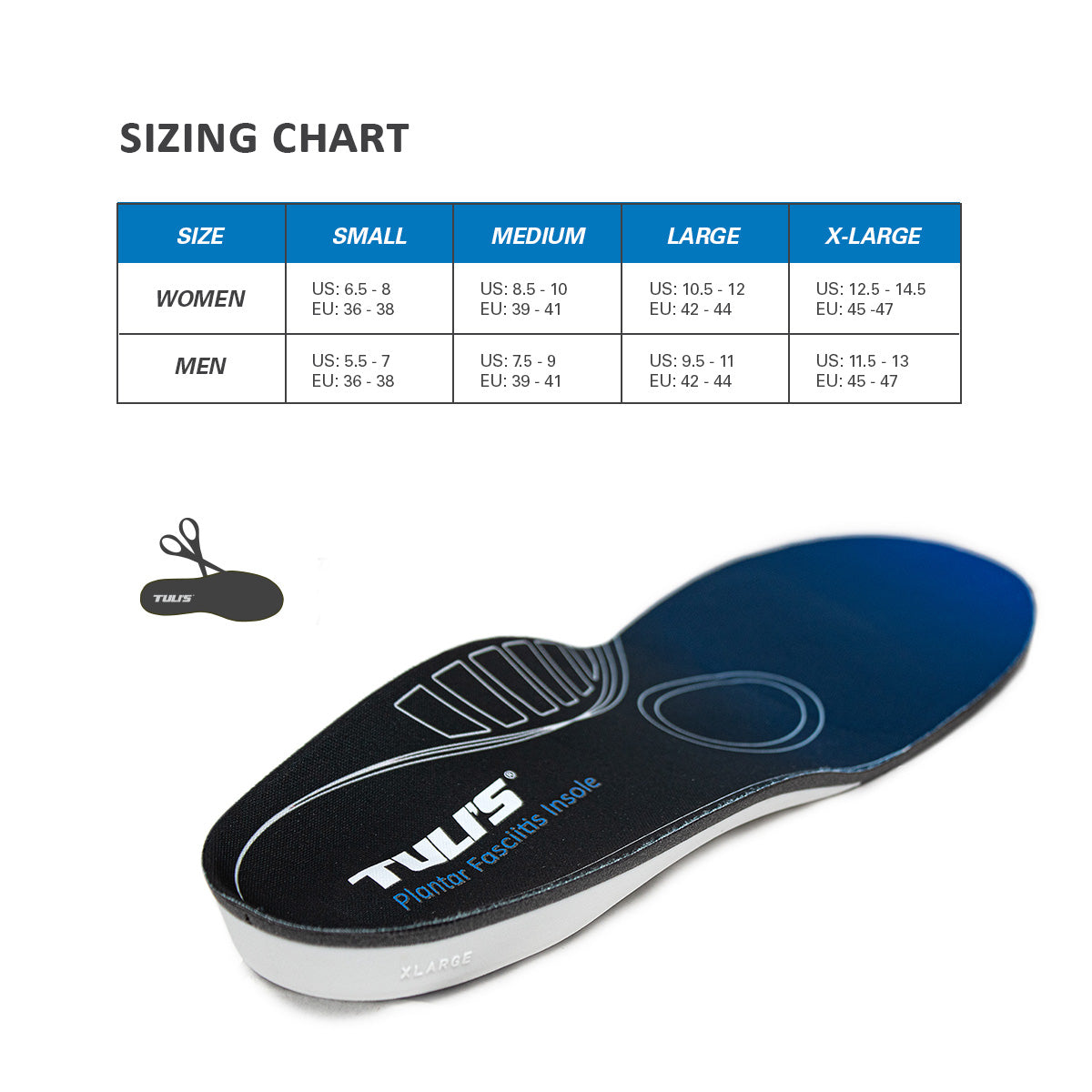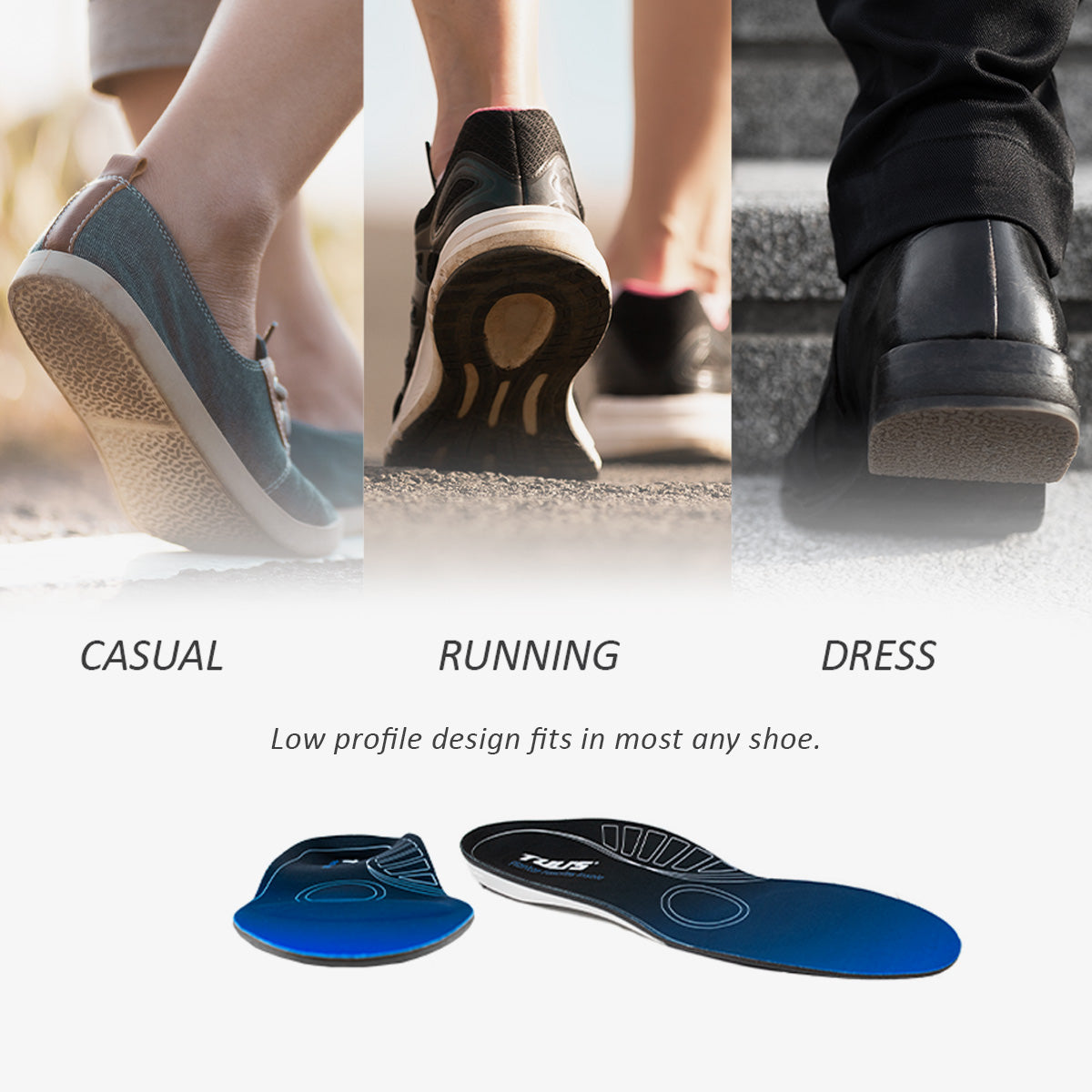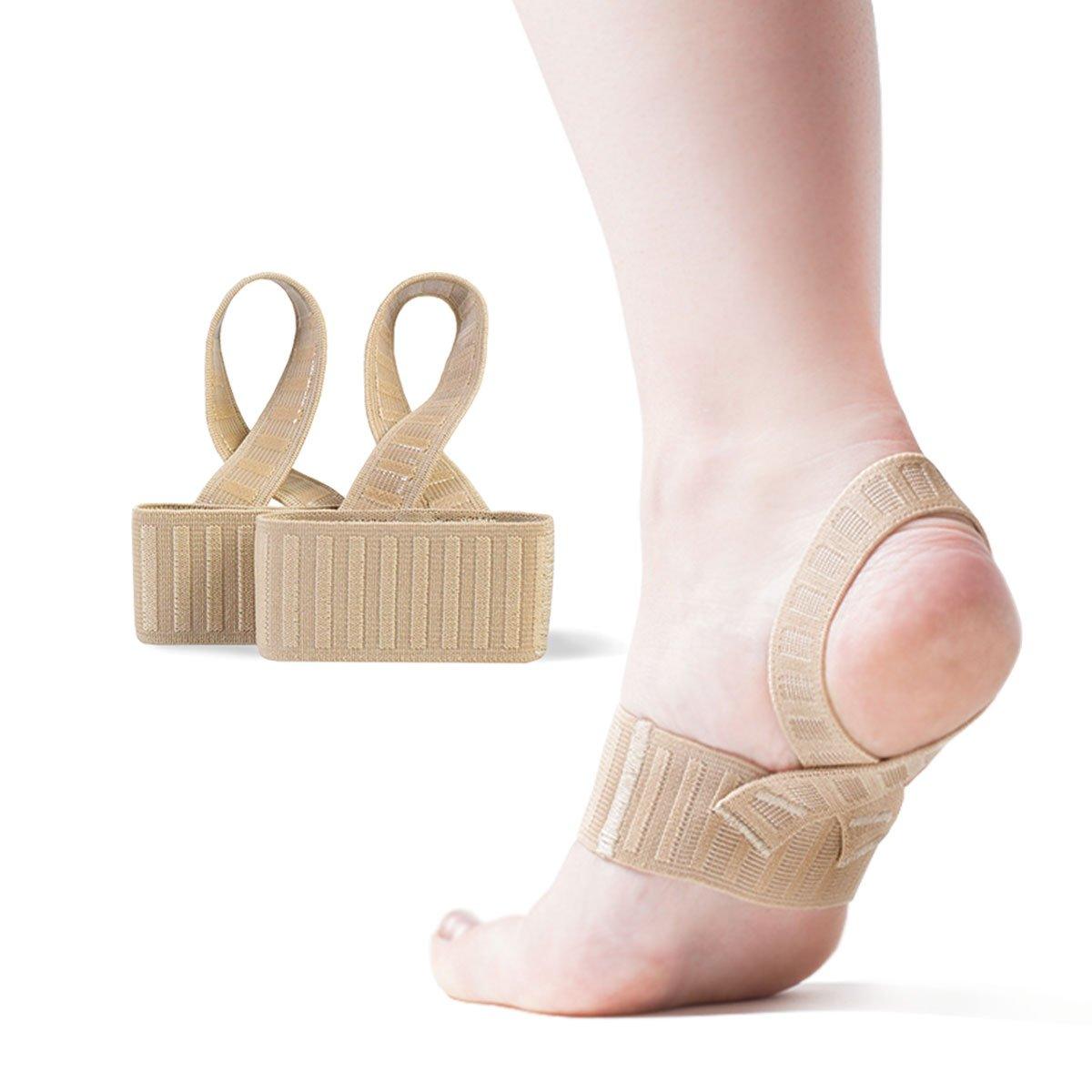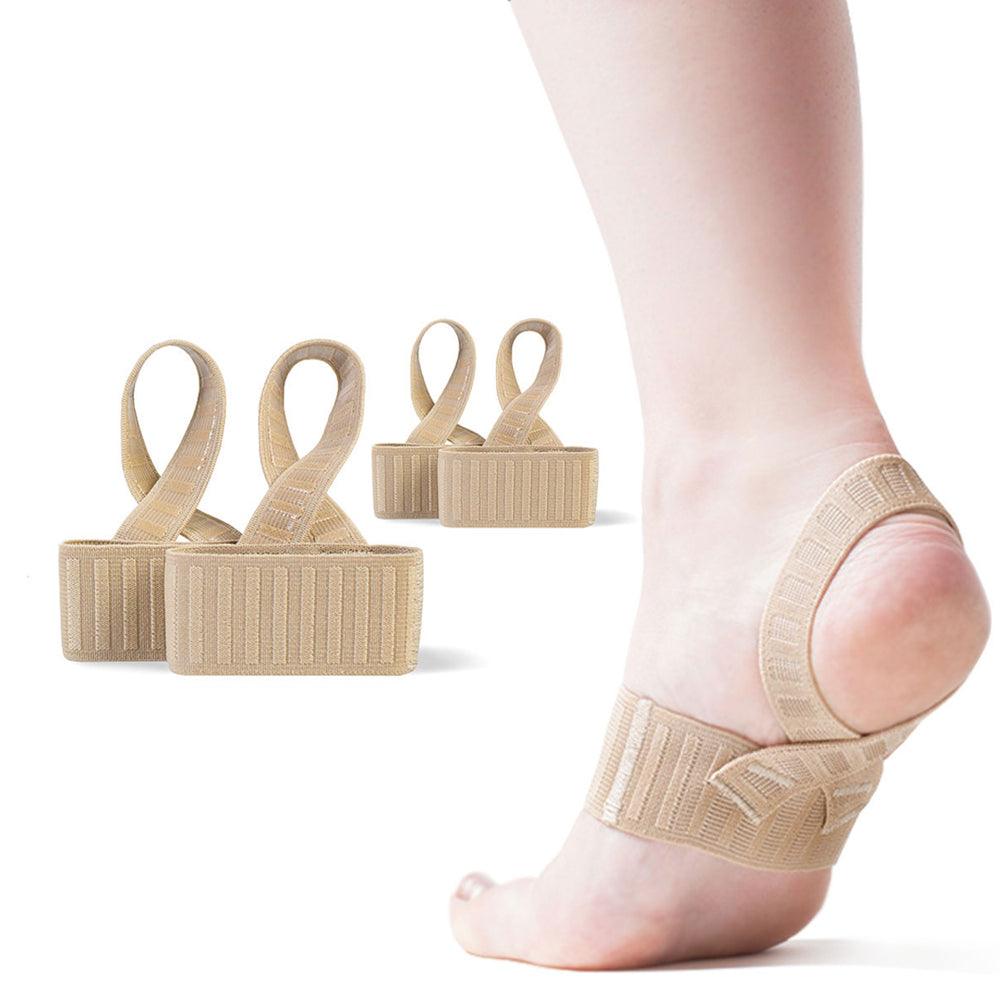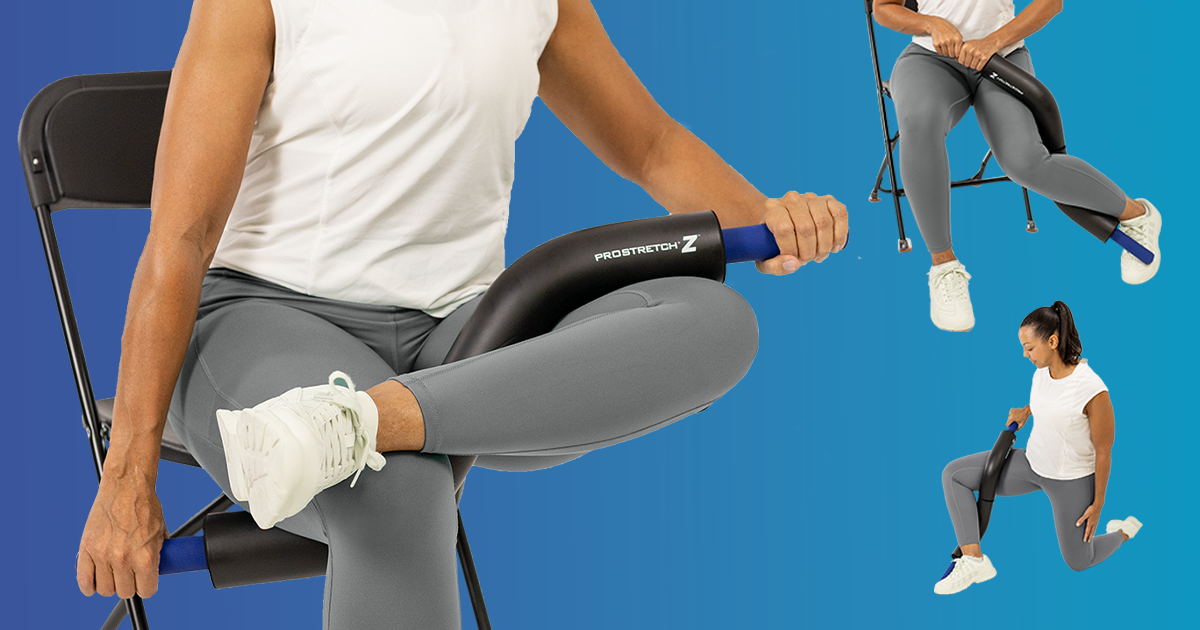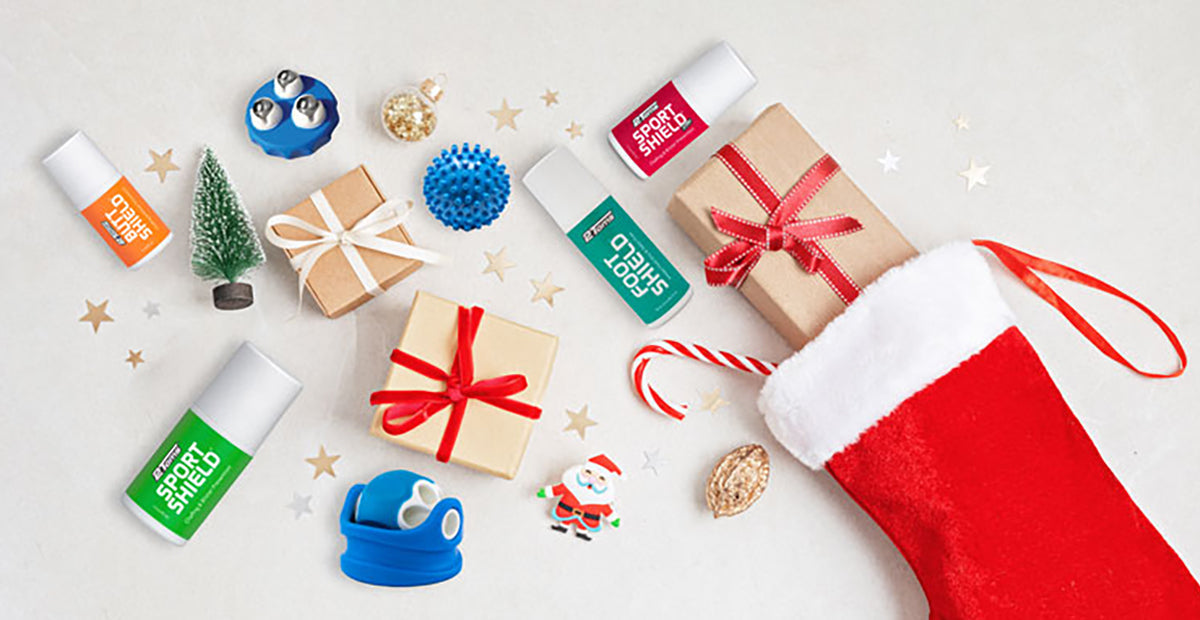Dealing with the discomfort of plantar fasciitis can be a challenging hurdle, especially when maintaining an active lifestyle. The pain and inflammation that is associated with plantar fasciitis often make traditional exercises seem daunting. However, fear not! This guide will explore a range of low-impact exercises tailored to those suffering from plantar fasciitis, ensuring you can stay active without aggravating your discomfort.
TABLE OF CONTENTS
- How to Maintain an Active Lifestyle with Plantar Fasciitis
- Low-impact exercises Ideas to stay active with Plantar Fasciitis
How to Maintain an Active Lifestyle with Plantar Fasciitis
Living with plantar fasciitis might tempt you to adopt a sedentary lifestyle to avoid the aggravating pain. However, the importance of maintaining an active routine cannot be overstated. Incorporating low-impact exercises into your daily life not only helps manage the discomfort associated with plantar fasciitis but also offers a myriad of other benefits, such as:
- Improved Circulation
- Mood Enhancement
- Enhanced Flexibility and Strength
- Preventing Deconditioning
IMPROVED CIRCULATION
Engaging in regular, moderate exercise enhances blood circulation throughout your body, including your feet. Adequate blood flow promotes the delivery of essential nutrients and oxygen to the affected areas that aides in the healing process. This improved circulation can also help reduce swelling and discomfort associated with plantar fasciitis.
MOOD ENHANCEMENT
Exercise is a natural mood booster, stimulating the release of endorphins, your body's feel-good chemicals. Dealing with a chronic pain can take a toll on your emotional well-being, and staying active provides a positive outlet. Whether it's a calming yoga session or a refreshing swim, incorporating movement into your routine can help you obtain a more positive mindset, reduce stress and improve overall quality of life.
ENHANCED FLEXIBILITY AND STRENGTH
Low-impact exercises like yoga and aquatic activities promote flexibility and strength without straining your feet excessively. Strengthening the muscles around your ankles, calves, and arches can provide a better support for your plantar fascia, reducing the risk of injury and enhancing overall foot resilience.
PREVENTING DECONDITIONING
Prolonged inactivity can lead to deconditioning, where muscles weaken and joints become less flexible. This, in turn, may worsen the symptoms of plantar fasciitis. By incorporating gentle, low-impact exercises into your routine, you break the cycle of inactivity and help maintain overall physical function.
While it's essential to approach exercise with caution and tailor it to your individual needs. Being able to maintain an active lifestyle is an essential component to manage plantar fasciitis. The benefits extend beyond mere symptom relief, impacting your overall health and well-being. Always consult with your medical provider or physical therapists to create a personalized exercise plan that aligns with your specific condition, and remember that gradual progress is key to building a stronger, healthier foundation for your feet and your entire body.
Low-impact exercises Ideas to stay active with Plantar Fasciitis
Here is a lit of exercises that are low-impact:
- Aquatic Exercises
- Cycling
- Yoga
- Elliptical Training
- Seated Strength Training
AQUATIC EXERCISES
Submerging yourself in the water provides an environment that significantly reduces the impact on your feet. Consider activities like water aerobics, swimming, or water walking. The natural resistance of the water aids in building strength without causing stress on your plantar fascia.
Benefit: Engaging in aquatic exercises promotes cardiovascular health and allows you to build muscle strength, enhance flexibility, and manage weight—all without aggravating your plantar fasciitis.
CYCLING
Opt for low-impact exercises like stationary cycling. The smooth, circular pedaling motion ensures minimal strain on your feet while providing an effective cardiovascular workout. Use a stationary bike or join your local cycling class to maintain your fitness routine.
Benefit: Cycling not only strengthens your lower body muscles but also helps maintain a healthy weight, reducing stress on your feet and easing the symptoms of plantar fasciitis.
YOGA
Yoga offers a gentle but yet effective way to stay active with plantar fasciitis. Focus on poses that don't put excessive pressure on your feet, such as seated poses, gentle stretches, and restorative yoga. Emphasize mindfulness and controlled breathing to enhance overall well-being.
Benefit: Yoga promotes flexibility, balance, and relaxation. The mindful aspect of yoga helps manage stress, which can help you with the reduction of inflammation and pain associated with plantar fasciitis.
ELLIPTICAL TRAINING
The elliptical machine allows you to simulate walking or running motions without the jarring impact on your feet. This low-impact exercise helps maintain cardiovascular fitness while protecting your plantar fascia from excessive strain.
Benefit: Elliptical training provides a full-body workout, targeting various muscle groups while minimizing impact on your feet. It aids in improving stamina and promoting weight management without worsening your plantar fasciitis symptoms.
SEATED STRENGTH TRAINING
Engage in seated strength training exercises to target various muscle groups without putting stress on your feet. Utilize resistance bands or light weights for upper body workouts and incorporate leg lifts and seated leg presses for lower body strength.
Benefit: Seated strength training helps maintain and build muscle mass without impacting your feet. This approach contributes to overall body strength and stability to reduce the risk of injury to the affected area.
Conclusion
Staying active with plantar fasciitis is not only possible but can also contribute to the management and alleviation of symptoms. By incorporating these low-impact exercises into your routine, you can freely enjoy the benefits of exercising without exacerbating your condition. Please note to speak to your doctor or physical therapist prior starting any new exercise or training regimen, and listen to your body to ensure a safe and gradual progression towards a more active and healthier lifestyle.
PLEASE NOTE: The information on this website and article is for information only and should not be used as a substitute for consulting your doctor. Consult your doctor for proper diagnosis and rehabilitation.
RELATED ARTICLES
There are several reasons you could be having a painful heel...
the best treatment for Sever’s disease can be a simple (but effective) brace...
Foot pain can quickly turn a good day into a miserable one. Sometimes it seems like pain comes out of...




